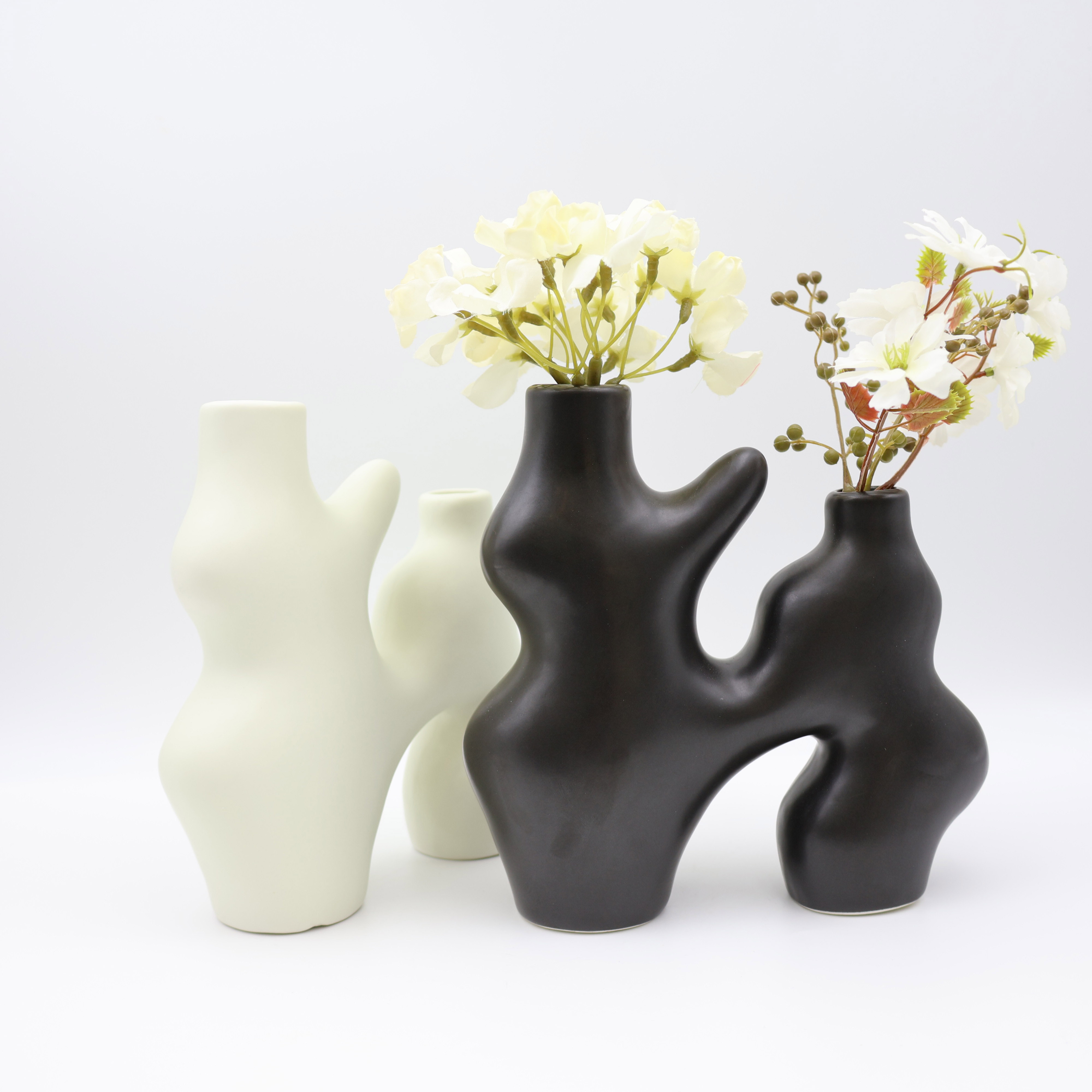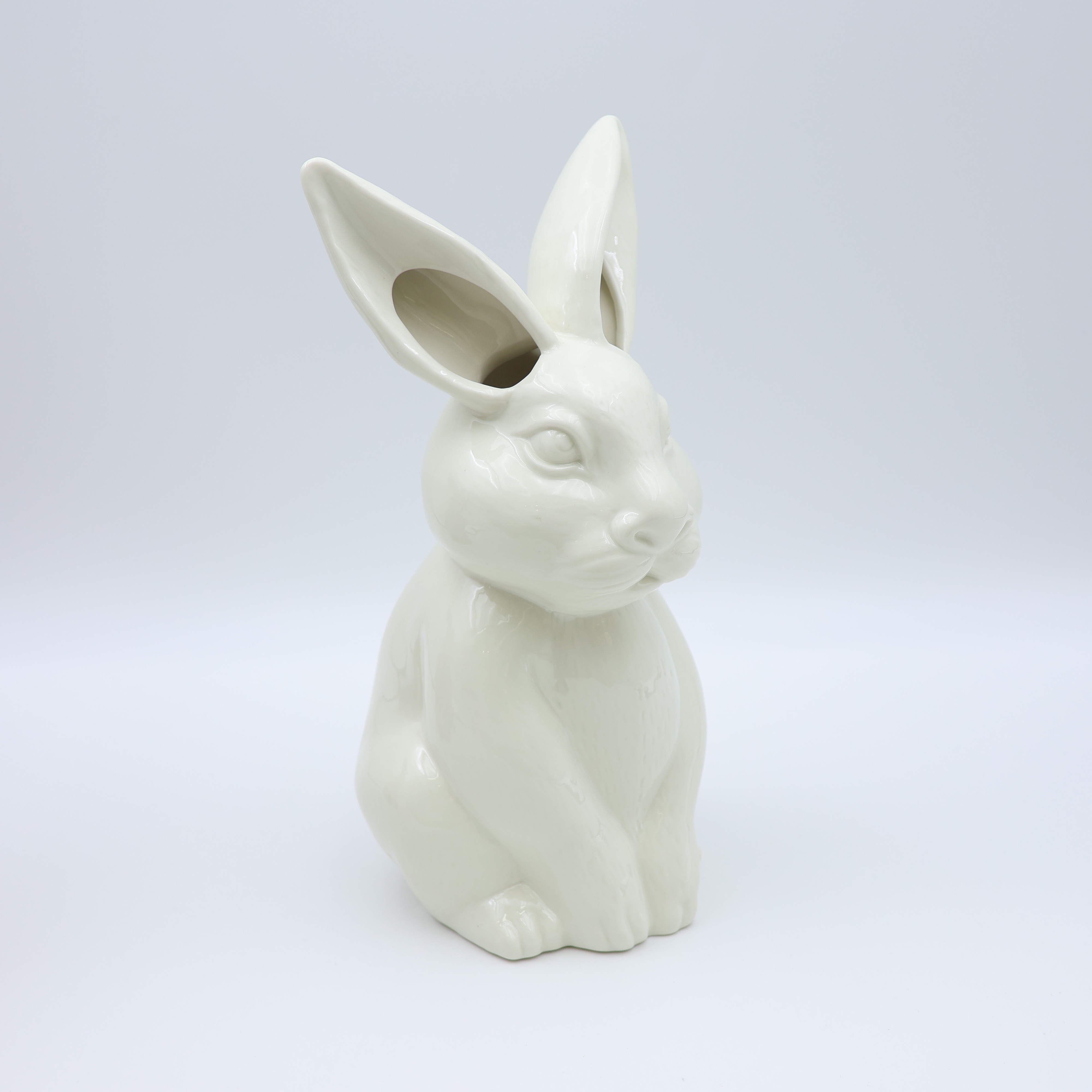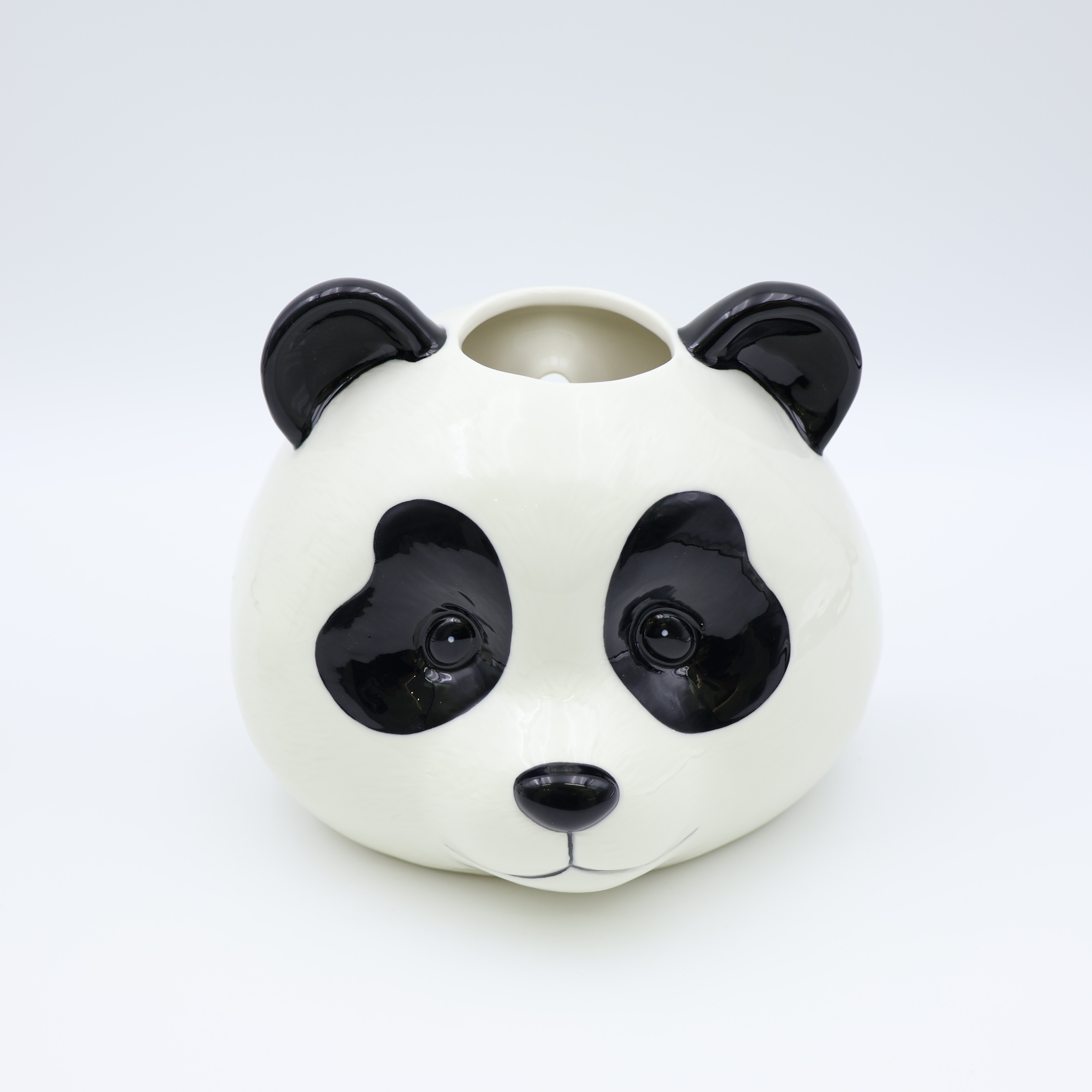Introduction: The Origins of Ceramics
Ceramics is one of humanity's oldest crafts, dating back thousands of years. Early humans discovered that clay, when shaped and fired, became a durable material suitable for making tools, containers and works of art. Archaeologists have discovered pottery fragments dating back to around 10,000 BC, revealing the importance of ceramics in daily life in prehistoric times. Initially, ceramics had a primarily utilitarian function, but even then, simple decoration hinted at an emerging artistic sensibility.

Ancient Innovations and Cultural Significance
As civilizations flourished, ceramics’ uses grew beyond practicality. In regions such as Mesopotamia, Egypt, China, and Greece, pottery became an important form of artistic expression. Ancient Chinese potters invented porcelain around 1000 AD, a breakthrough process that combined durability with exquisite beauty. This innovation made Chinese porcelain highly sought after around the world. Similarly, Greek pottery, known for its painted depictions of mythology and scenes from everyday life, provides a rich cultural record.

The Renaissance and Industrial Advances
During the European Renaissance, ceramics became increasingly sophisticated. Ceramists invented pottery and stoneware with delicate glazes and intricate patterns. Later, the Industrial Revolution brought mechanization to ceramic production, allowing people to efficiently produce more high-quality ceramics. This shift made ceramics more popular, from a luxury item to an everyday household item that can be found all over the world.

Modern Artistry and Technological Integration
In the 20th century, ceramics experienced its own renaissance through studio pottery. Artists combined traditional handcrafts with modern artistic concepts to experiment with new shapes, textures, and glazes. Technological advances such as electric kilns and digital design tools further expanded creative possibilities. Today, 3D printing and environmentally friendly materials are becoming part of ceramic production, combining sustainability with innovation.

Ceramics Today: Tradition Meets Innovation
Modern ceramic artists and manufacturers strike a balance between respecting centuries-old traditions and cutting-edge technology. From handmade vases and figurines to resin-based and digitally designed pieces, ceramics remain versatile and expressive. Their continued popularity in both practical household objects and artistic creations shows how this ancient craft can adapt to contemporary tastes and needs.
In Conclusion
The history and evolution of ceramics showcases human creativity, innovation and cultural development. From simple clay pots to fine porcelain to modern art sculptures, ceramics continue to evolve while retaining their essential connection to human life. Each ceramic work tells a story that spans thousands of years and continues to inspire artists, craftsmen and collectors around the world.
Post time: Jun-06-2025







